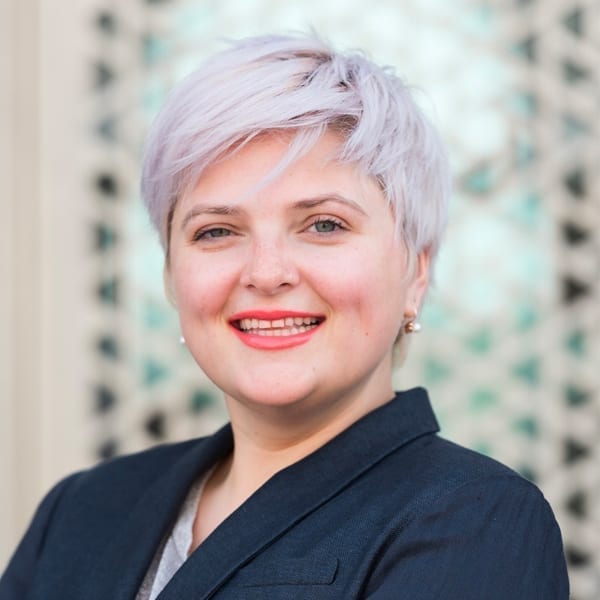To predict the future of healthcare in the U.S., let’s start with its past. The modern centralized healthcare system arguably originated following the 1918 influenza pandemic, which changed the way healthcare was provided around the world. The crowd-driven nature of influenza forced us to rethink the way we cared for people. It moved us away from private practices for the elite to public centers of care for all. Many of the countries hit hardest by the pandemic introduced a centralized public healthcare system that sought to democratize care.

Going through rapid modernization driven by a booming economy after World War II, the U.S. healthcare system evolved in a different direction, largely driven by competition for top talent. An executive order signed by President Franklin Roosevelt in 1942 limited the amount of wages workers in the U.S. could earn. However, it did not place limits on benefits like health insurance. As a result, companies got creative and offered health insurance as a perk to attract the best employees.
At Ketchum, we have been working with clients to once again consider how a global health-related event has changed what people expect from healthcare systems, providers and their employers. Many of those changes will be driven by new technologies that enable flexibility and hybridization of everything from care models to workplace settings. Ketchum has conducted extensive research on what employees now expect — essential reading for teams now working on return-to-office strategies.
Since the pace of change increases exponentially with time, it may not take us decades to see the shift in healthcare provision born out of the COVID-19 pandemic. As Ketchum’s Health Services team tracks the pulse of that change, here are some of the trends we are seeing.
The Consumerization of Healthcare
We want what we want, and we want it now. Can we get our healthcare through the same type of AI-supported product suggestions that are delivered to our doorstep in less than a day? The growing popularity of telemedicine will enable and promote that desire to some extent. Better consumer experience through personalization, responsiveness, and data analytics are definite benefits that consumerization of healthcare can deliver. Payers are looking at ways to incorporate virtual care into long-term payment models, but questions about parity remain.
A word of caution on the disruption consumerization can bring to healthcare, In recent years, we’ve seen a trend towards increasing patient responsibility for their own care management. This includes everything from financial responsibility through increased co-pays and deductibles to growing patient self-advocacy. However, this is likely to exacerbate the inequity in healthcare if not properly addressed. The classic Rand experiment completed in 1982 showed that increasing co-payments led to attrition in terms of minorities being able to access quality care. We need to consider the impact of increasing expectations for patient self-advocacy and health literacy as a prerequisite to successfully navigating a consumer-based model of care.
The Hospital of the Future
Will consolidation lead to giant health systems? In 2019 and 2020, the healthcare system averaged around 85 mergers and acquisitions per year, several including billion-dollar systems with hundreds of care sites covering almost half of the country. While there are economic advantages, the loss of autonomy and community-focused care can be frustrating for both patients and providers.
Will the hospital as we know it today exist? Or will it give way to community care sites and telemedicine? A hybrid model, incorporating both virtual visits for initial intake and primary care and in-person follow-ups, is a growing consideration.
The explosion of connected devices and their usage for at-home monitoring will play a big role in supporting that transition. However, a healthy dose of education about interpreting results by both patients and providers is necessary. Data has incredible potential in healthcare if harnessed through properly calibrated sense-making tools to ensure accurate interpretation.
Adjusting the Value-to-Care Equation
Managing the move to value-based care in a world that is still operating around the fee-for-service model is a challenge. We’ve seen mixed results from Accountable Care Organizations that set quality and cost savings standards for providers to follow in exchange for a share of those savings. In some cases, physicians lament that meeting required quality measures can discourage a more patient-centric approach in favor of ticking the box on recommended screenings and vaccinations. A fully capitaled model, which can better coordinate care and lower costs, will require significant behavior change to the way we consume care in the U.S. Time will tell if these trends converge to produce a more equitable and patient-centric system.
We’re looking forward to following these trends in collaboration with our clients and other stakeholders. If you’d like to have a conversation about what this means for your organization, we’d love to talk.



